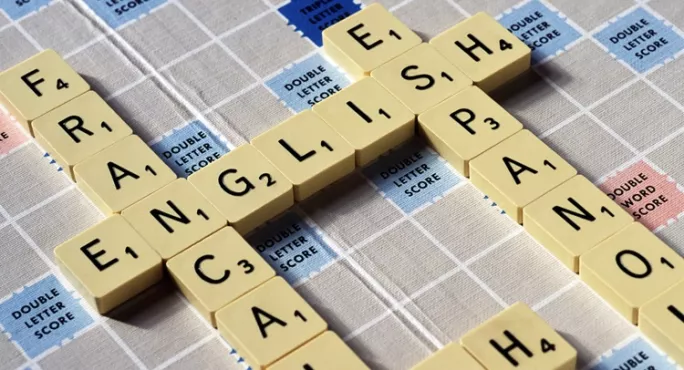I don’t think my students really believed me when I told them, “We will only be speaking French on this trip.”
It was not until our guides for the week - both native French speakers - introduced themselves on the first morning that reality began to sink in; the students looked at one another in shock.
But they quickly grew in confidence, and by the second afternoon in Normandy, they were making comments such as, “I understand more French than I ever realised.”
Running a total immersion trip for 14- to 16-year olds might sound daunting, but research suggests that the more of a target language you can use, the better for your students.
A study by Margaret Bruck et al in Canada in 1977 showed that English-speaking children taught in an immersive French environment functioned extremely well in their second language. The implications of these studies led to the successful implementation of many language immersion programmes in Canada and around the world.
However, in the UK some 58 per cent of state schools set aside fewer than two and a half hours per week for languages at key stage 3, according to the British Council. And at my school, Year 10 students have just three 35-minute lessons per week. That makes it a real challenge to build immersion into MFL teaching.
Benefits of language immersion
But I believe it is worth the effort. Young people need to understand that language is a living thing, not just another subject to get a grade in.
Immersion introduces students to a language in context, so that they view it as a component of an entire culture, rather than something static in a textbook. It also helps to build confidence - one of the most difficult aspects of learning a language.
But how do you make immersion work in practice? With MFL teaching time limited in many UK schools, a trip is often the best way to help your students access these experiences.
Here are my tips for running an immersion trip successfully.
Get parents on board
Make it clear to parents that their children will be speaking French all week when you first tell them about the trip. It’s a real selling point and will increase the uptake. On our trip, we had hoped to fill just 40 places, yet had to increase the group to 49 students.
Time it right
Consider setting up the trip for students before they choose their GCSEs; the experience is more likely to motivate them to pick a foreign language as an option.
Don’t shoulder the burden alone
Book with a travel company that specialises in immersion trips. We used Voyager School Travel, but there are plenty of options out there. Although there is an added cost to using a company, it reduces the pressure on you to organise everything, leaving you free to concentrate on teaching.
If you decide not to use a company, make sure you have the support of a colleague to take some of the burden off you.
Do a recce
Check if your travel company offers a pre-trip visit before booking. Or, if you are arranging the trip yourself, see if the school will allow you the time and budget to do a recce. I was able to visit the accommodation and see activities in action with a colleague the summer before the trip, which really put our minds at ease when we arrived in Normandy with the students late, after a long day travelling from Northern Ireland.
Trial immersion at school
It is important that students are as familiar as possible with the target language before you leave. Although 100 per cent French may not be feasible in the classroom, students should be exposed to as much of the language as possible and given the opportunity to work out meaning for themselves. In this way, they are better able to cope with French speakers when abroad.
Catherine Montgomery is a French teacher at Thornhill College, Londonderry

